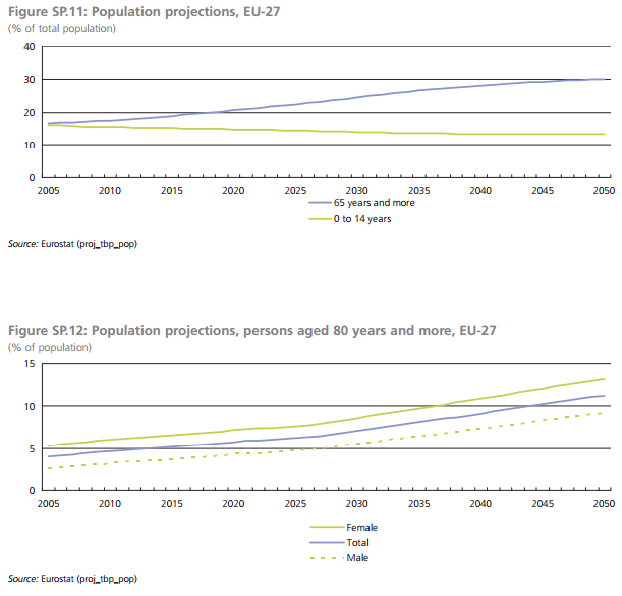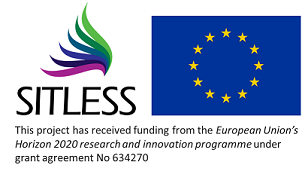Older adults aged 65 and over are the fastest growing segment of the World‘s population (World Health Organisation [WHO], 2011). Although prolongation of life remains an important public health goal, of even greater significance is the preservation of the capacity to live independently and to function well during late life. The increase of the elderly population leads to increased prevalence of frailty, risk for poor health outcomes, and related health and social care costs. Lack of physical activity (PA) and high amounts of sedentary behaviour (SB) have been associated with the progression of chronic disease and disability and are currently considered as two key modifiable life-style factors. An existing initiative to battle insufficient PA levels are exercise referral schemes (ERS). ERS are implemented in primary care, where insufficiently active individuals are referred to a sports centre or leisure facility that prescribes and monitors an exercise program tailored to the individuals’ needs. ERS are generally 12-16 weeks long, generally focussed on physical (in)activity and rarely target SB. Moreover, ERS have shown short-term improvements in physiologic and functional outcomes as well as in PA but limited effect maintaining these improvements in the long-term. Furthermore, guidelines for reducing SB are currently lacking. Strategies based on psychological approaches have been shown to increase self-confidence, power to act, and involvement in exercise. Therefore, SITLESS targets lack of exercise, PA and SB as combined risk factors, and aims at identifying whether ERS enhanced by self-management strategies (SMS) may promote behavioural change and thus sustain long-term life-style changes

